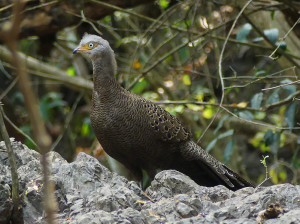
The hides/waterholes close to Kaeng Krachan have become famous with birders in Thailand and beyond and quite rightly as they always seem to deliver good birds and it is a great experience to get so close to so many species at these locations. Ban Song Nok and Lung Sin Waterhole are the most frequently visited of these hides but there are others that produce good birds but less reliably so than the previously mentioned two locations. However, in mid March 2017 it was suggested to me that I visit Daap Waterhole as there were some good species that were frequenting it at that time. My only previous experience of this spot was in April 2016 when it began raining 30 minutes after we arrived and did not stop but I need not have worried as we had an awesome afternoon of birding there this time. The following are a set of photos taken at Daap Waterhole on March 14th 2017.
This was one of two Orange-headed Thrushes that visited during the course of the afternoon to drink in the small pools of water. There was also at least 1 Eyebrowed Thrush that visited too but it did not stay long enough to photograph.
This White-bellied Erpornis kept coming to bathe. As with a lot of small birds it was very nervous, constantly returning to a clump of leaves close to where I was sitting before dive-bombing the water to wet itself and then returning to its perch to shake itself dry.
I don’t very often see Blue Whistlingthrush in this part of the country so it was nice to see this bird repeatedly come to drink throughout the afternoon. This bird never went far from the pools, just resting among the rocks or foraging on the ground behind when it was not drinking.
At least six Emerald Doves were loafing around the area more or less constantly. Their noisy wing flapping often spooked some of the smaller, shier birds making them a little annoying at times but when they come in close like this one it is hard not to be impressed with their colours.
Pin-striped Tit Babbler and Black-headed Bulbul are examples of birds that are fairly common but unremarkable when seen in the forest, in the shadows and partly concealed. One of the great things about these hides is seeing common birds really well and being able to appreciate them properly.
More used to looking up into a mass of leaves to try and locate where the Barbet’s call is coming from it was interesting to be able to look down on this Green-eared Barbet taking a drink from this puddle. I can’t say I blame it as up on the tree tops it would have been really hot with sunshine blazing down and the temperature around 35C.
We also got lucky with a pair of White-browed Scimitar Babblers. They are not rare birds but not usually easy to see out in the open like this but both individuals spent some time drinking from this little puddle and eventually took a bath too. We also saw a pair of Large Scimitar Babblers a couple of times but they never showed themselves as well as the White-browed and we were not able to photograph them.
Puff-throated Babbler seems to turn up at all the waterholes near Kaeng Krachan but it is a cute little bird which is surprisingly well-marked for anyone who has glimpsed one in the forest and seen it badly. This species has a pleasant call and a really powerful song too which it usually performs before it comes to bathe.
This Eastern Crowned Warbler was sort of a bonus bird, it did not come to drink or bathe but was just passing through. Fortunately it decided to pause and pick a few prey items from the leaves directly in front of me giving me an opportunity to get a few shots in.
This Grey Peacock Pheasant was our main target bird here, it is what we were told was coming to drink on a regular basis and the reason we spent time at Daap Waterhole. Although not rare at Kaeng Krachan it is really hard to observe and I don’t see it that often although amazingly I saw it on three trips in a row in February-March.
Another great bird was this male Kalij Pheasant. In fact it arrived alongside another male and a female to drink and feed in the same area as the Grey peacock Pheasant. On their first visit the sound of a camera shutter scared them off and we had to wait a long time for them to return – very shy birds indeed. When they did come back we waited for them to settle before taking any photos.
This was exciting. Blue-and-white Flycatcher is a bird I very rarely see as it is a scarce passage migrant, so to see not one but two adult males at this waterhole was really great. They repeatedly visited the area, mostly perching on nearby vegetation but coming down a few times to bathe.We were obviously present during peak migration as we saw another adult male the next day in the forest.
Besra is another species I do not see a lot of. It is quite a secretive little raptor, almost never soaring but sticking to the mid storey of the forest as it hunts for small birds and other prey. This one turned up at the waterhole and made several passes at smaller birds but did not catch any. It eventually just sat around and scared everything else away, bringing our session to a slightly early end.


 April 21st, 2017
April 21st, 2017  Nick
Nick 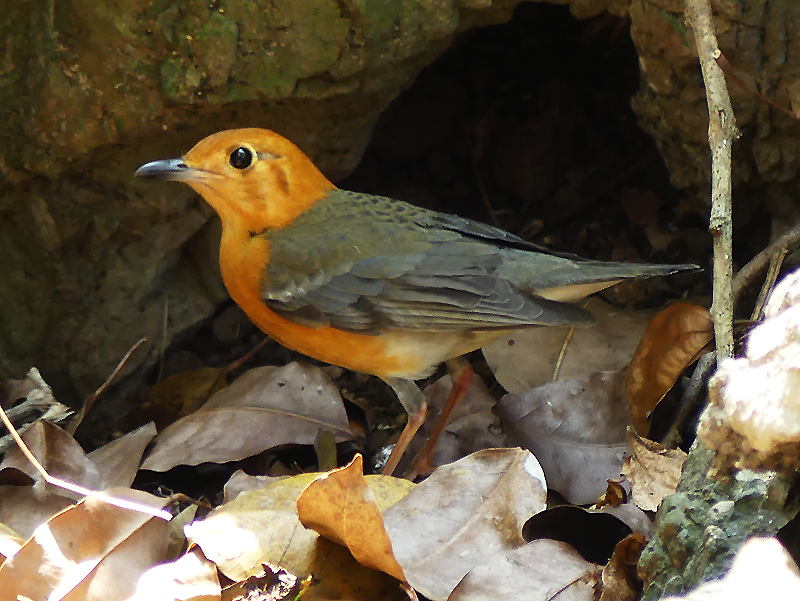
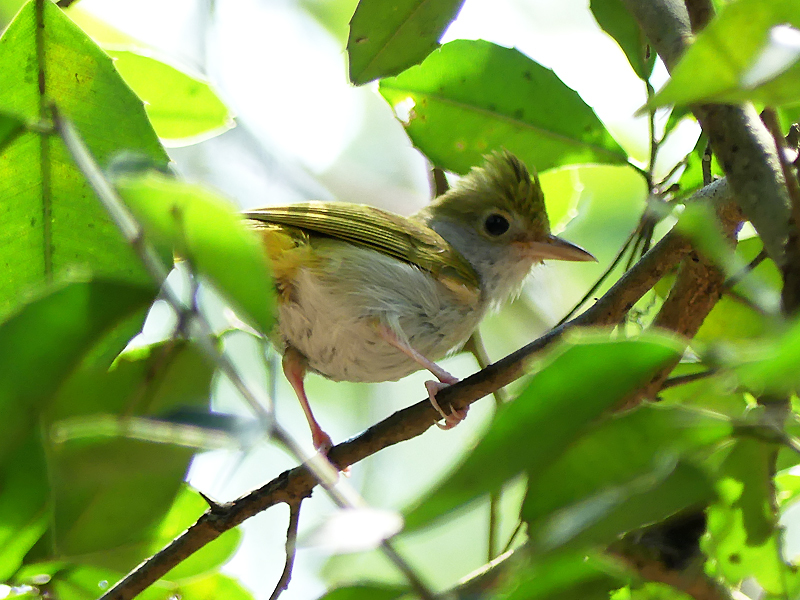
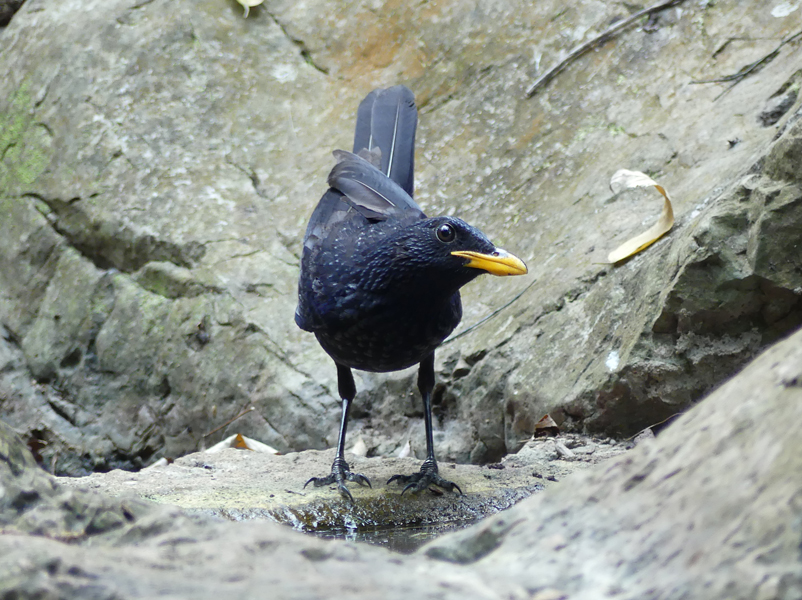
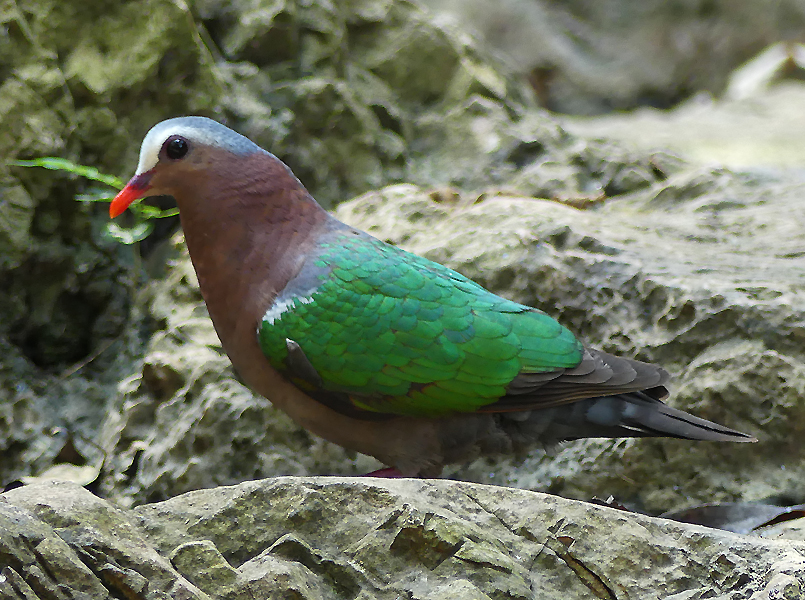
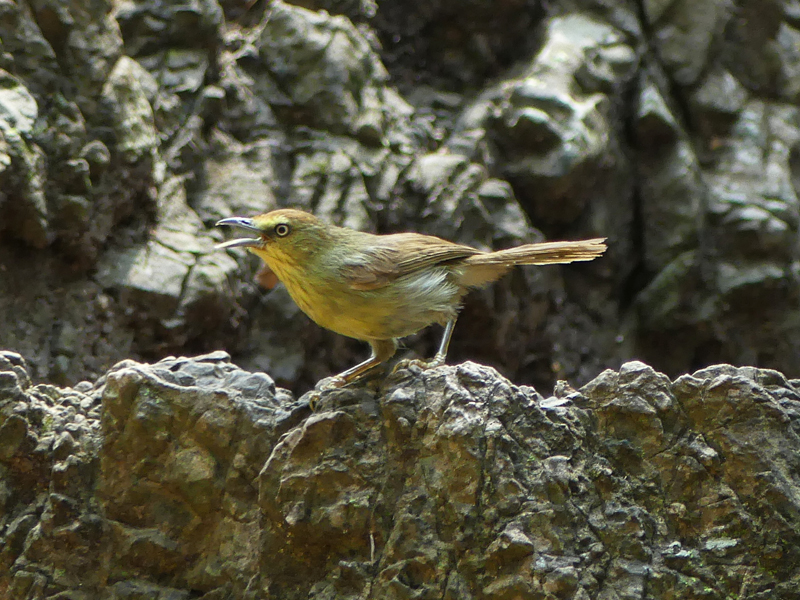
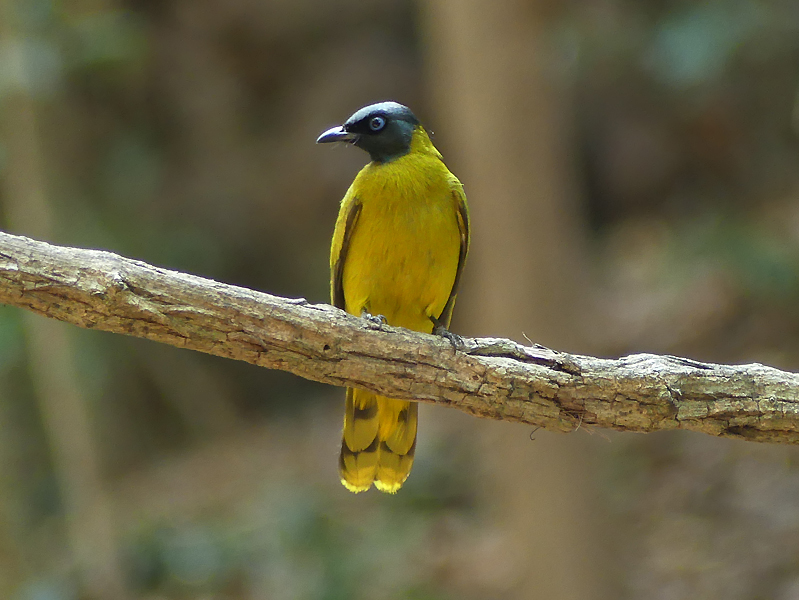
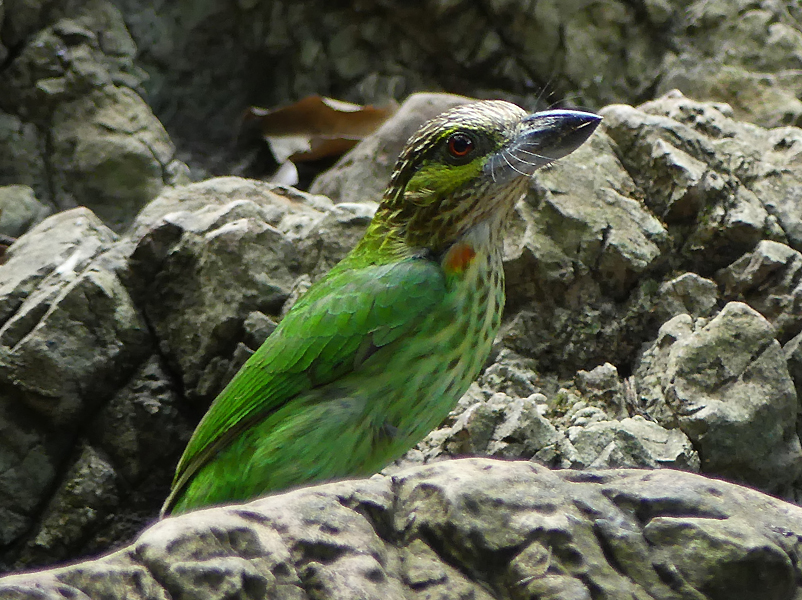
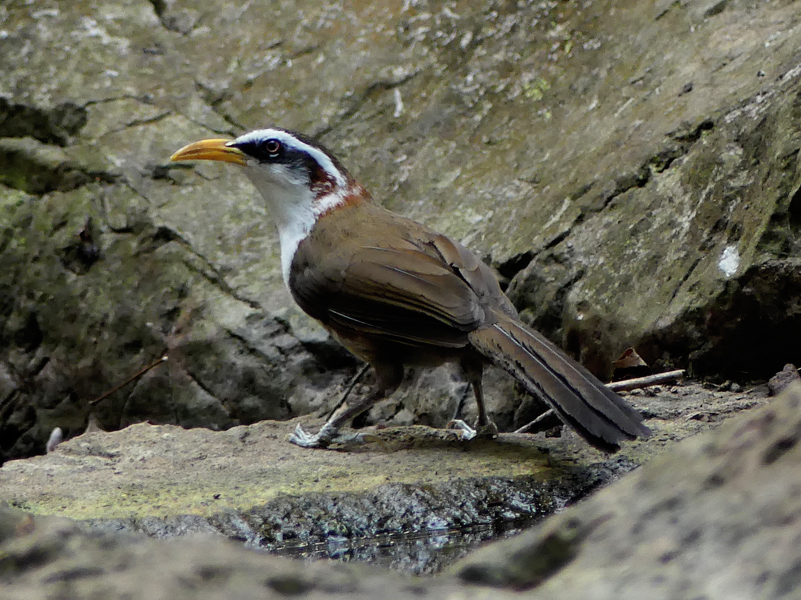
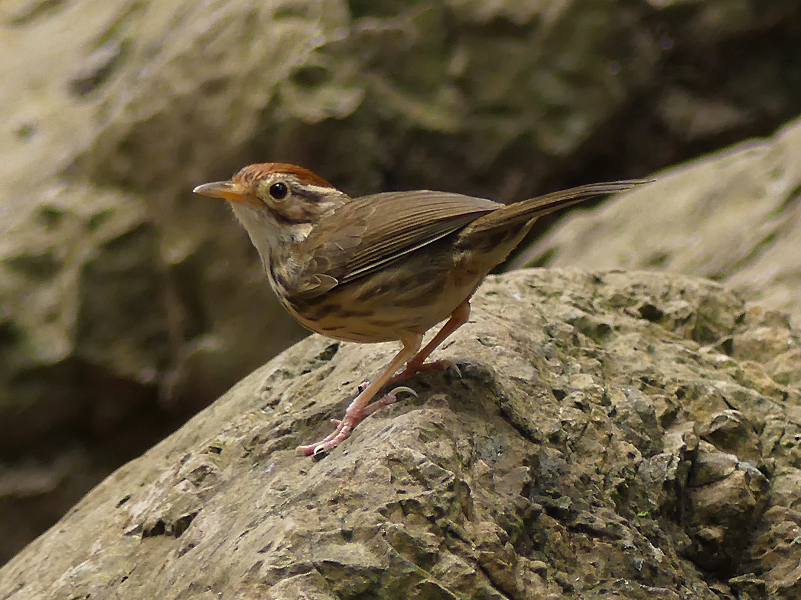

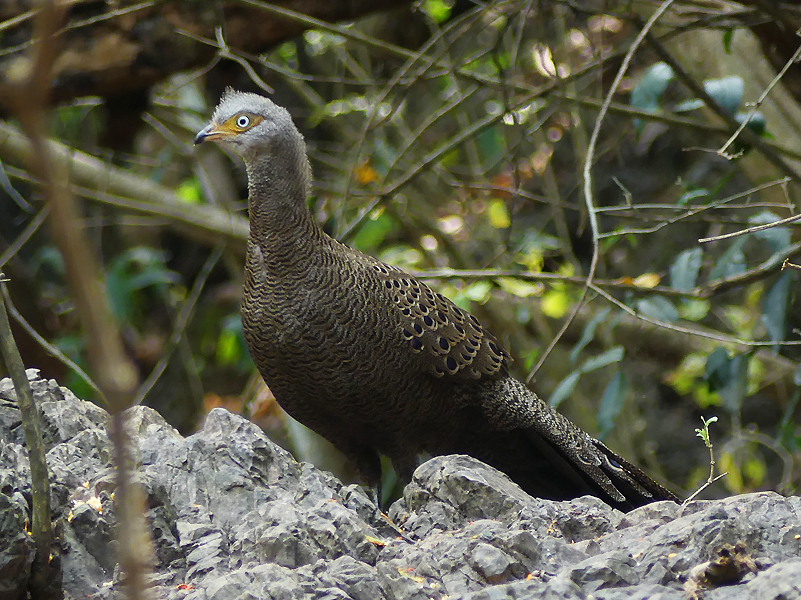
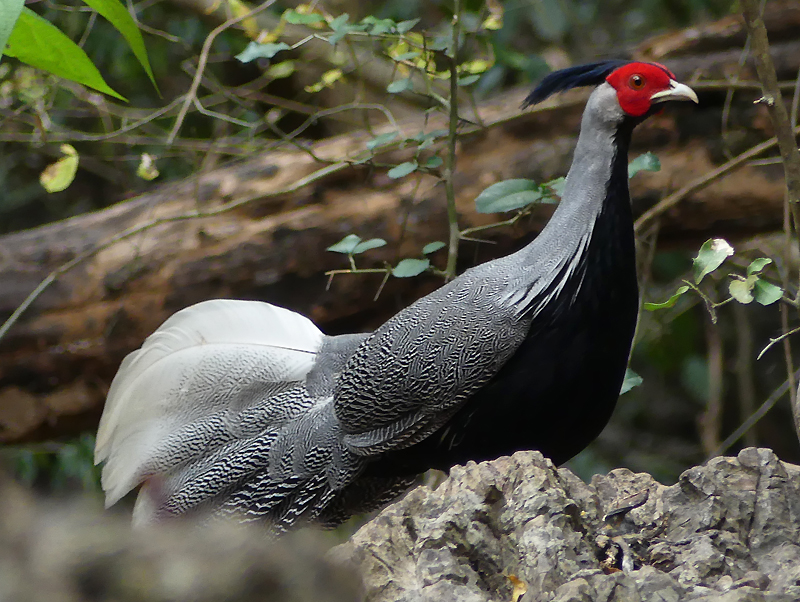
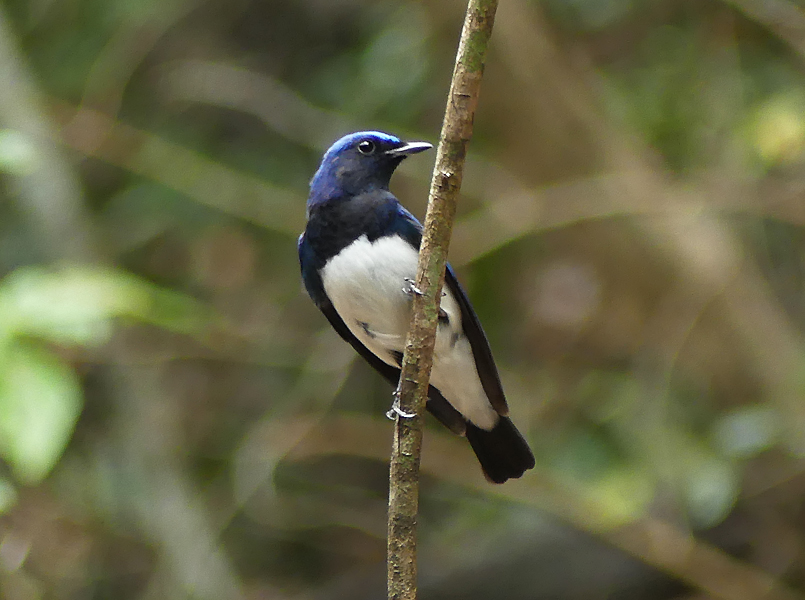
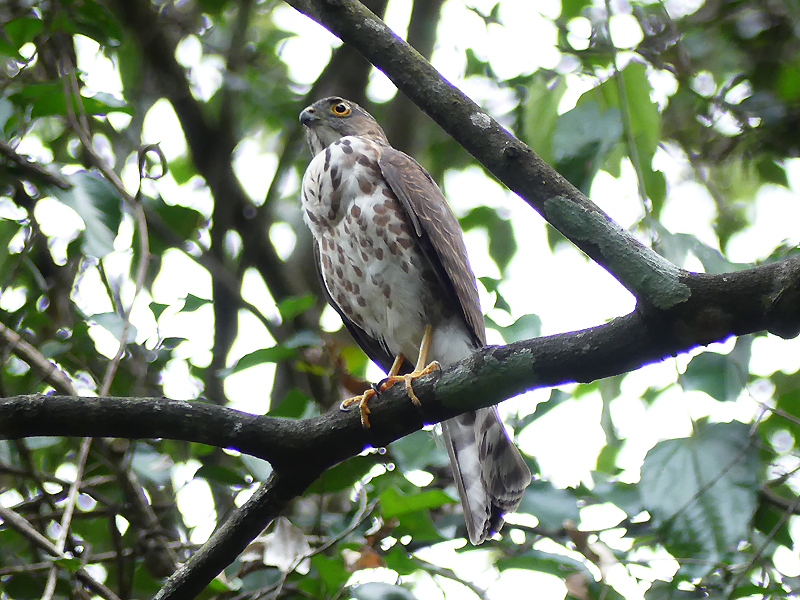
 Posted in
Posted in  Tags:
Tags: 










